
Understanding the potential of COVID-19 convalescent plasma

U.S. Army Sgt. Reginald Miles labels donated liquid plasma at the Landstuhl Blood Donor Center. Researchers are studying COVID-19 convalescent plasma to harness the power of neutralizing antibodies to help patients. (Photo by Volker Ramspott)
The Department of Defense has set a goal to collect more than 8,000 donated units of plasma from patients who have recovered from COVID-19 by Sept. 30, 2020. This blood will be used to treat critically ill patients and support the development of an effective treatment against the disease.
Like a missile locking on its target, antibodies attack invaders inside the body with a singularity of purpose: search and destroy. Typically, infection-fighting white blood cells produce antibodies as an appropriate response to an invading germ. In some people whose immune systems can’t mount a sufficient attack against a virus, donated antibodies from another person’s plasma may help. Researchers believe the power of antibodies lies in their ability to bind to a virus and neutralize it, or block it from entering cells, said Dr. Kayvon Modjarrad, director of the Emerging Infectious Diseases Branch at the Walter Reed Army Institute of Research in Silver Spring, Maryland. Modjarrad leads the Army’s COVID-19 vaccine development research.
But not all antibodies are created the same. “Antibodies come in different flavors, some of them are neutralizing and some of them are non-neutralizing and we don’t know exactly which individuals are developing what type of antibody,” said Shelly Krebs, chief of B Cell Biology Core at WRAIR Military HIV Research program.
COVID-19 convalescent plasma, or CCP, from a recovered patient could be a mixture of both neutralizing and non-neutralizing antibodies. In fact, people infected with COVID-19 can have varying antibody responses. Some may not have enough antibodies in their plasma to benefit another patient, which is why CCP first needs to be tested for neutralizing antibody levels before transfusing, explained Modjarrad. His lab works to understand the mechanism of COVID-19 antibodies to predict the levels required to offer a person protection from the virus.
Transfusing antibodies provides short-term immunity as the donor antibodies last several weeks to months inside the body, said Navy Capt. (Dr.) Todd Gleeson of the Navy Bloodborne Infection Management Center, located at Naval Support Activity Bethesda, Maryland. “It is likely that a person with COVID-19 who receives CCP will also still develop their own immune cells and produce antibodies to fight the virus if that person is re-exposed in the future,” said Gleeson, who leads a convalescent plasma study of patients at Walter Reed National Military Medical Center also at NSAB in Bethesda. But scientists just can’t confirm that yet. They hope to uncover the answer and many more as they study CCP and COVID-19 antibodies to better treat patients and develop future vaccines.
Military medical treatment facilities will soon take part in an observational study across the Department of Defense to help researchers track trends among patients with COVID-19. The data will help trace recovered patients to ask for CCP donations as the DoD seeks to build a storehouse of CCP for patients admitted to Military Health System facilities and those deployed outside the U.S., explained Army Col. (Dr.) Andrew Cap, director of research at the Army Institute of Surgical Research in San Antonio, Texas. “The goal is to build a convalescent plasma capability within the DoD, both on the collection and on the treatment side,” said Cap, who helped draft a CCP protocol for the DoD.
Future research may lead to the development of highly concentrated neutralizing antibodies extracted from large quantities of convalescent plasma as a potential therapy for prevention and treatment, added Cap.
Scientists believe monoclonal antibodies—derived from a single immune cell—may also hold potential as both a treatment and preventive measure against COVID-19. Krebs and her team have engineered monoclonal antibodies in the lab by isolating the best neutralizing antibodies from CCP samples to create an army of exact replicas that target the COVID-19 virus down to the atomic level, explained Modjarrad. “We know where and how well it’s going to target, and we know the kinetics of how long it will last in the body and how long it will provide protection,” he explained, noting convalescent plasma does not provide that level of effectiveness. “CCP is not generally used for prevention but for treatment.” Monoclonal antibodies could be used for both treatment and prevention of COVID-19 because the transfused neutralizing antibodies would provide immediate immunity, he added.
Monoclonal antibodies have been in use for decades and revolutionized cancer treatment. Krebs’ lab plans to expand the research into monoclonal antibodies against COVID-19 into animal studies this summer. “Our primary goal is to come up with a treatment for people who have COVID-19,” she said.
Anyone able to donate convalescent plasma should contact the Armed Services Blood Program or go online to find a complete list of available collection centers.
DoD COVID-19 Practice Management Guide Version 4
Technical Document
6/18/2020
This Practice Management Guide does not supersede DoD Policy. It is based upon the best information available at the time of publication. It is designed to provide information and assist decision making. It is not intended to define a standard of care and should not be construed as one. Neither should it be interpreted as prescribing an exclusive course of management. It was developed by experts in this field. Variations in practice will inevitably and appropriately occur when clinicians take into account the needs of individual patients, available resources, and limitations unique to an institution or type of practice. Every healthcare professional making use of this guideline is responsible for evaluating the appropriateness of applying it in the setting of any particular clinical situation. The Practice Management Guide is not intended to represent TRICARE policy. Further, inclusion of recommendations for specific testing and/or therapeutic interventions within this guide does not guarantee coverage of civilian sector care. Additional information on current TRICARE benefits may be found at www.tricare.mil or by contacting your regional TRICARE Managed Care Support Contractor.
Public Health Emergency Officers balance risk and mission during crisis
Article
6/17/2020
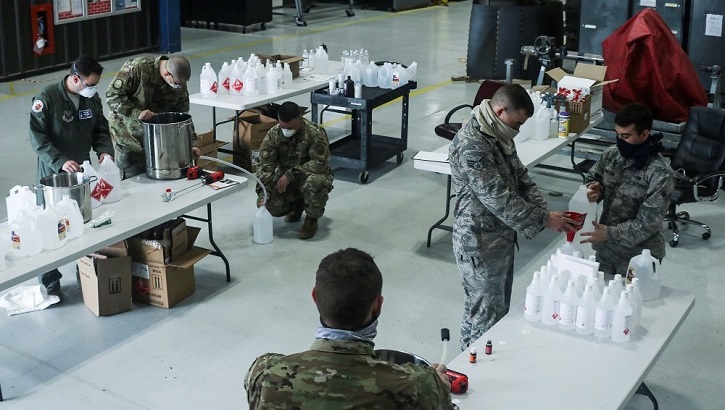
PHEOs are military treatment facility staff who are designated to serve as a resource to help guide installation commanders during a large scale public health incident.
Teleteaching during the pandemic? USU center seeks educators' stories
Article
6/16/2020

Educators faced juggling act on front lines, home front
DOD's Health Care Chief Discusses Pivot to Counter COVID-19
Article
6/16/2020
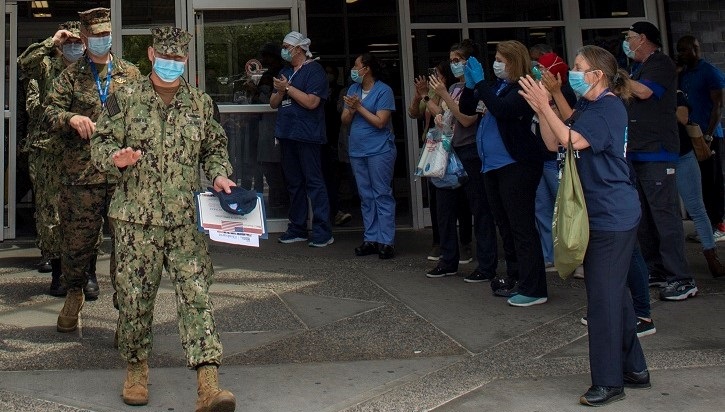
"[O]ur uniform leaders and our civilians are very, very good at adapting to change..."
Secretary of the Army recognizes BACH and 531st COVID-19 support
Article
6/15/2020
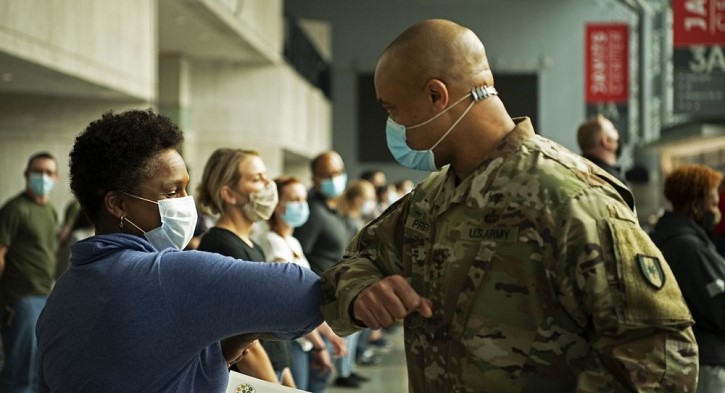
McCarthy took time to recognize several Soldiers and a Department of the Army Civilian for their efforts in the Army’s COVID-19 response.
Naval Medical Research Center Supports Marine Recruits During Pandemic
Article
6/15/2020
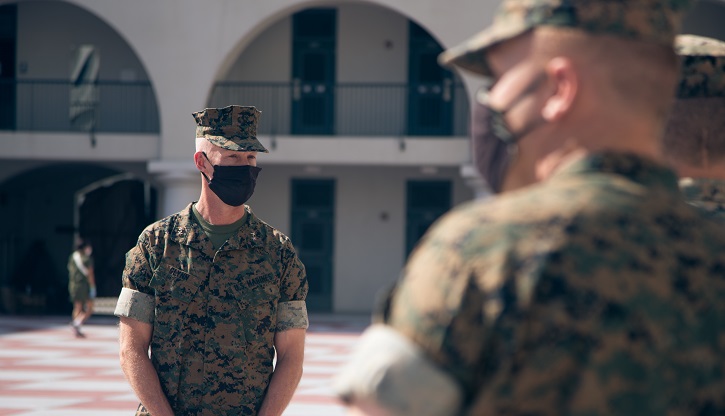
The primary focus of the research...is to maintain maximum health while meeting graduation standards and requirements for recruits during the pandemic.
METC celebrates 10 years training enlisted medical force
Article
6/15/2020

When the Department of Defense’s 2005 Base Realignment and Closure (BRAC) Commission directed nearly all enlisted medical training be collocated at Fort Sam Houston, Texas, it may have unknowingly changed the landscape of enlisted medical training for the foreseeable future. In addition to collocating, the BRAC legislation also called for training to be consolidated where possible, meaning two or more services would share curriculum and classrooms.
MHS Beneficiaries Turn to Online Resources to Manage Personal Care During Pandemic
Article
6/12/2020
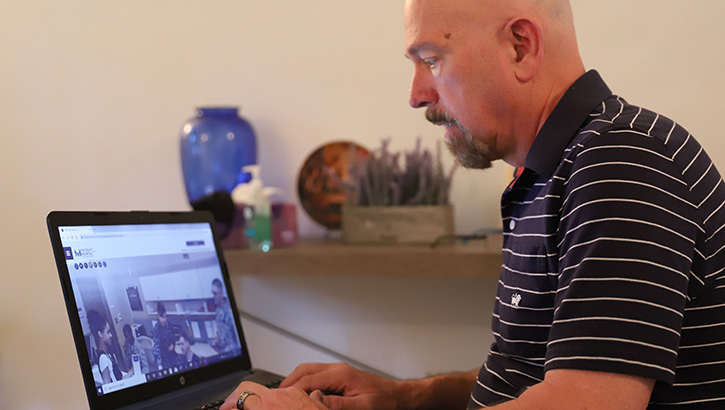
The TOL PP team added several COVID-19-related enhancements to the portal.
Air Force International Health Specialists bring experience to pandemic response
Article
6/12/2020
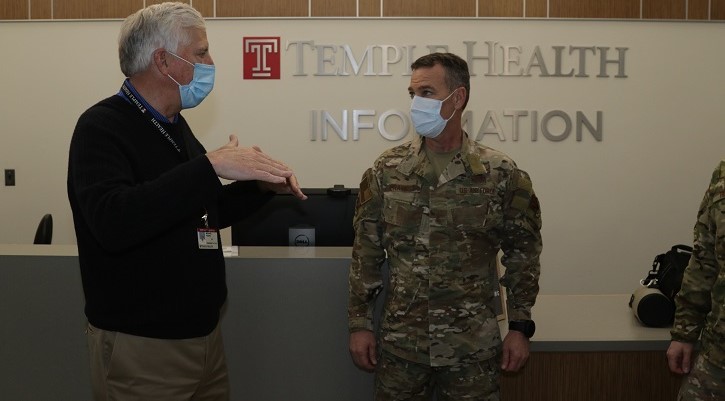
Stepping out of your comfort zone and being part of the larger DOD mission is crucial to grow as a military medic.
DHA AI 3020.01: Return to the Workplace Staffing Plan in the Coronavirus Disease 2019 (COVID-19) Environment
Policy
This Defense Health Agency-Administrative Instruction (DHA-AI), establishes the Defense Health Agency’s (DHA) plan to return to full operations and support the whole-of-government response, during the Coronavirus Disease 2019 (COVID-19) pandemic and in preparation for regression or resurgence in COVID-19 cases that could impact the workforce.
- Identification #: DHA AI 3020.01
- Date: 6/12/2020
- Type: Administrative Instructions
- Topics: Coronavirus
Time to Telework. How is it Working?
Article
6/11/2020
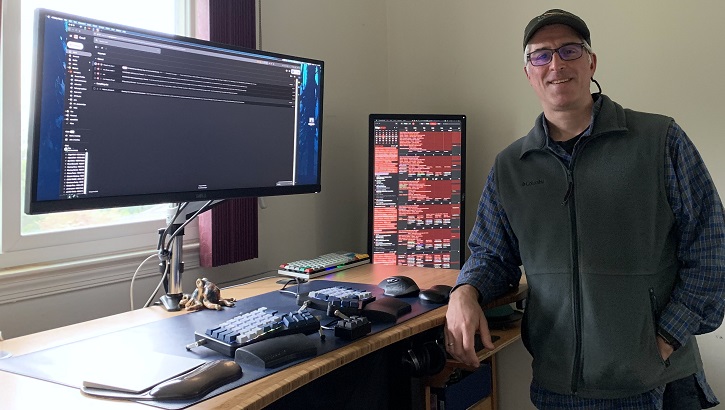
Whether young or old, a first-timer or seasoned teleworker, the experience has been insightful for all.
Coming together during a pandemic to provide life-giving blood.
Article
6/11/2020
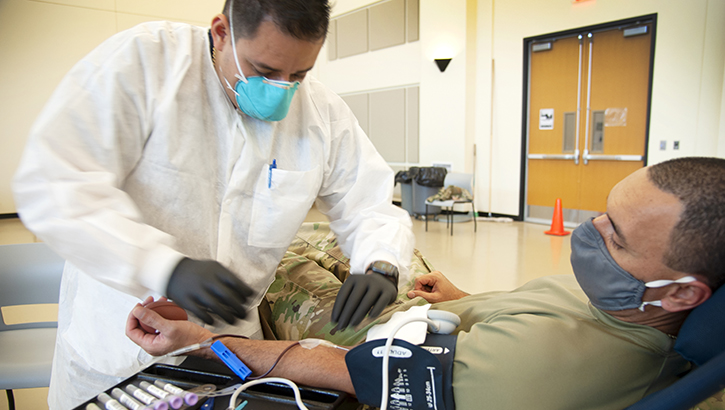
Service members step up as blood drives adapt to COVID-19 guidelines
Searching for clues under the microscope to understand COVID-19
Article
6/10/2020

The Joint Pathology Center plays a unique role in the fight against COVID-19
Air Force medical recruiting up while recruiters, applicants serve their communities
Article
6/10/2020
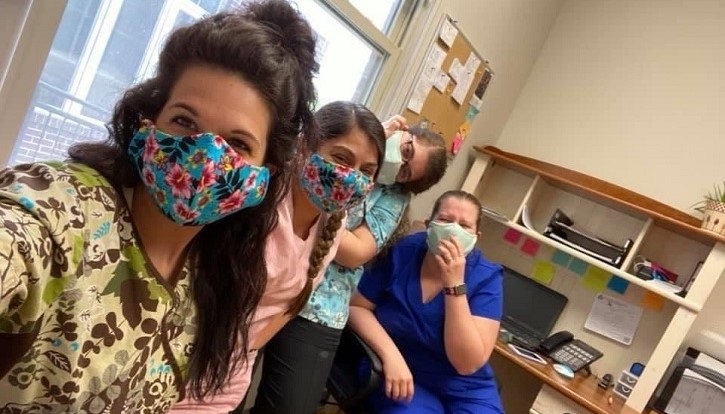
The pandemic is increasing unemployment rates, driving many people to seek career paths in health sciences and military medicine.
A Determined Descendant and a Navy Hospital's Response to COVID-19
Article
6/9/2020
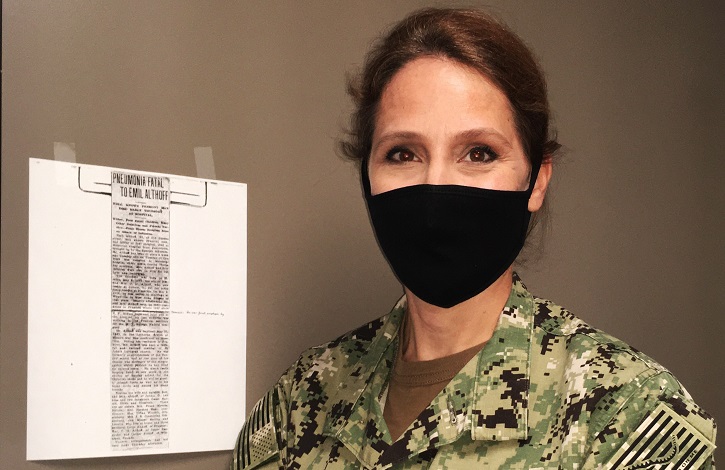
Althoff and her team at the Quality Management directorate serve as a locus of coordination for clinical support operations.






















.png)











No hay comentarios:
Publicar un comentario